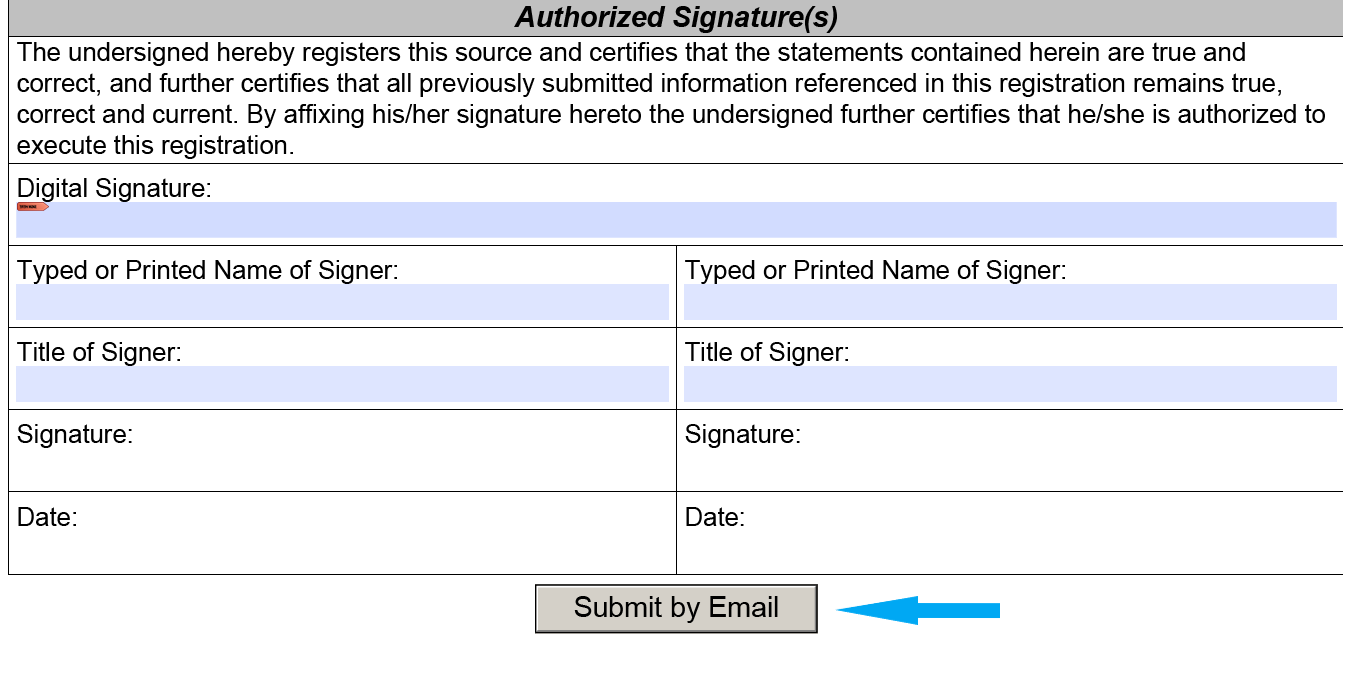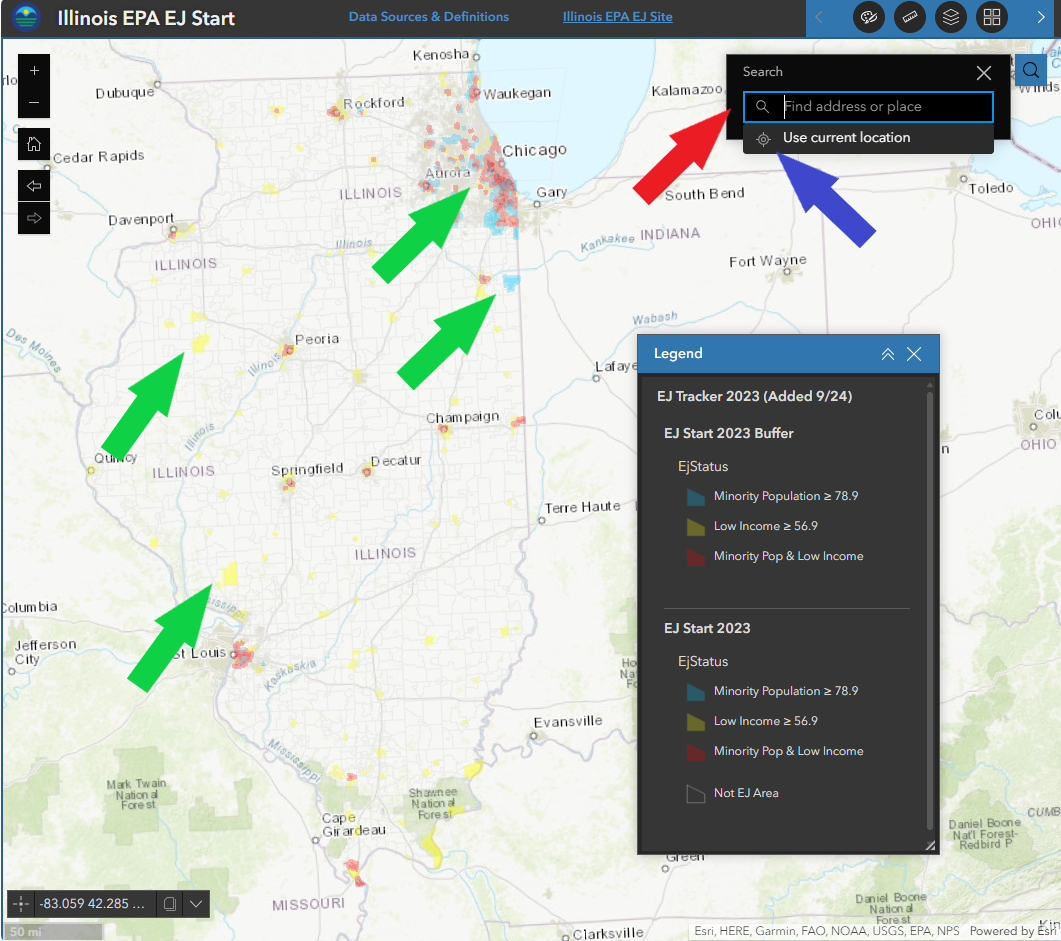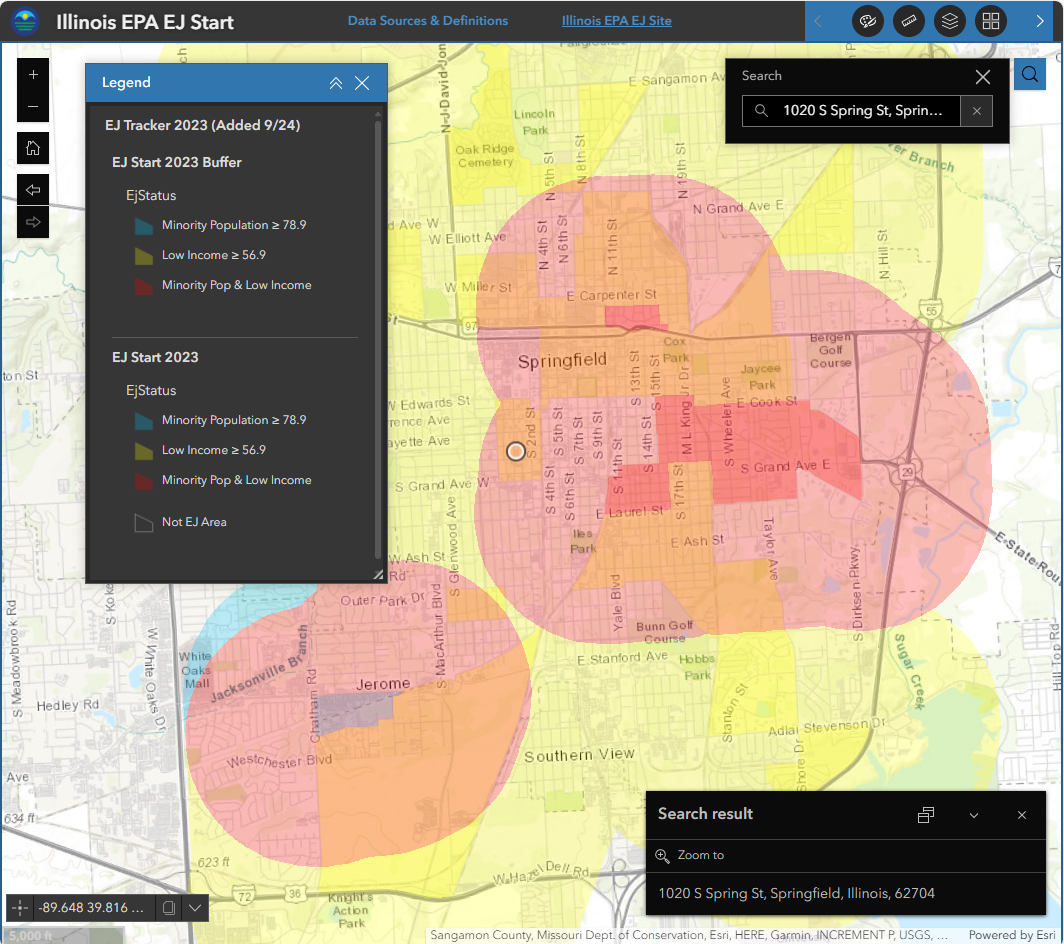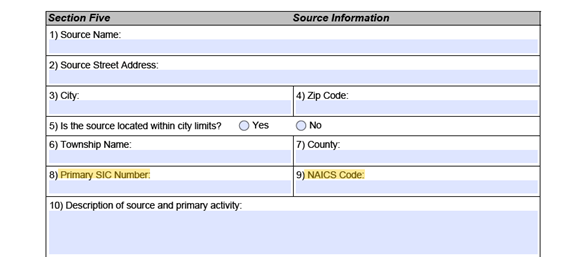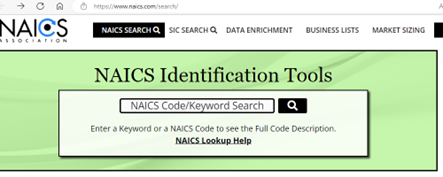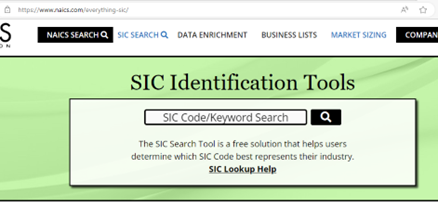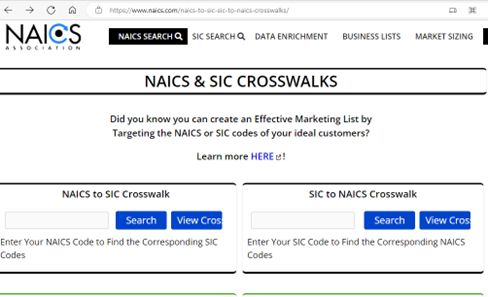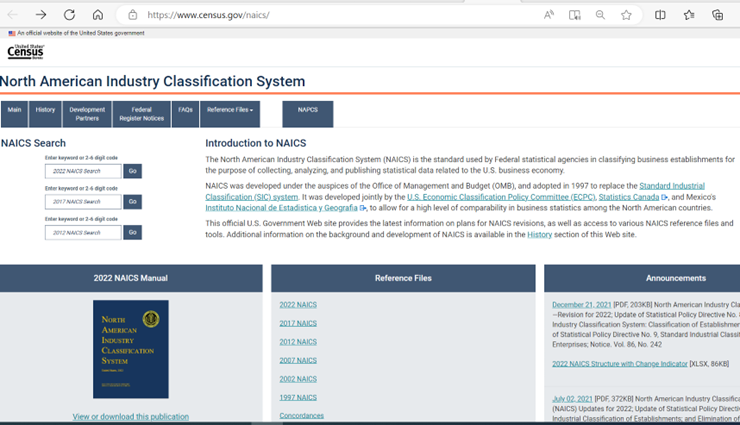If you have lost your ROSS confirmation letter and wish to replace it, you should take the following steps:
Step 1: The Illinois EPA has a publicly accessible search tool known as Document Explorer (IEPA Document Explorer - Search Facilities - IEPA Document Explorer (illinois.gov)) which can be used to retrieve issued registration documents. Of note, newly confirmed registrations will not show up in that system for around 90 days as the documents have to be imaged.
The easiest way to use the system is to enter the Source ID# under the second tab and run the search.
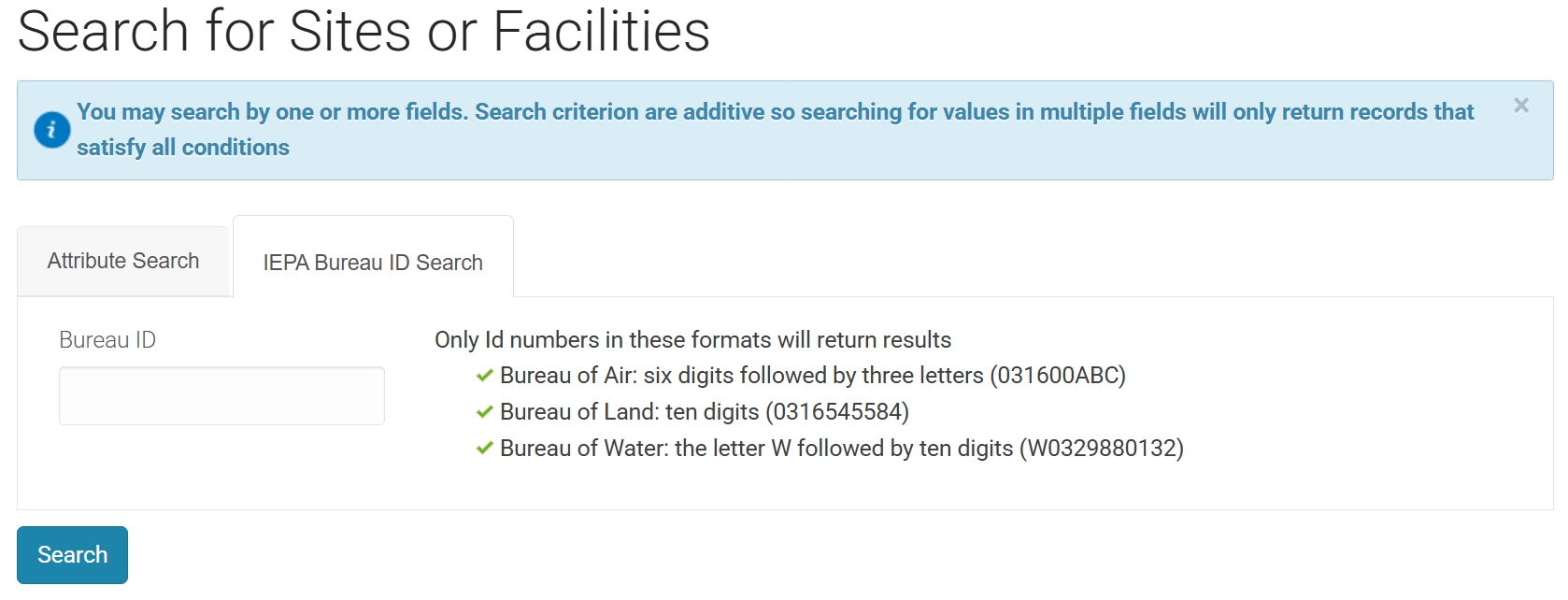
If you don’t have the Source ID#, you will have to use the “Attribute Search.” The system is literal in its search, meaning it will not recognize “ABC Co.” and “ABC Co. LLC” as the same company. If you were to search for “ABC Co. LLC” but the name on file is “ABC Co.” the system will not find it. Attempt to use as little information in one or more of the fields as possible and add/refine your search as needed. Using the above example, search only for “ABC” as that is common to both. Another search that has good success is the City and Address fields. After submitting, depending on what your search parameters were, you may need to sift the results to find your facility. If the initial search produces many results, in many cases you can greatly refine the initial search by adding in the city or zip code. This will generally leave a very small list to review.
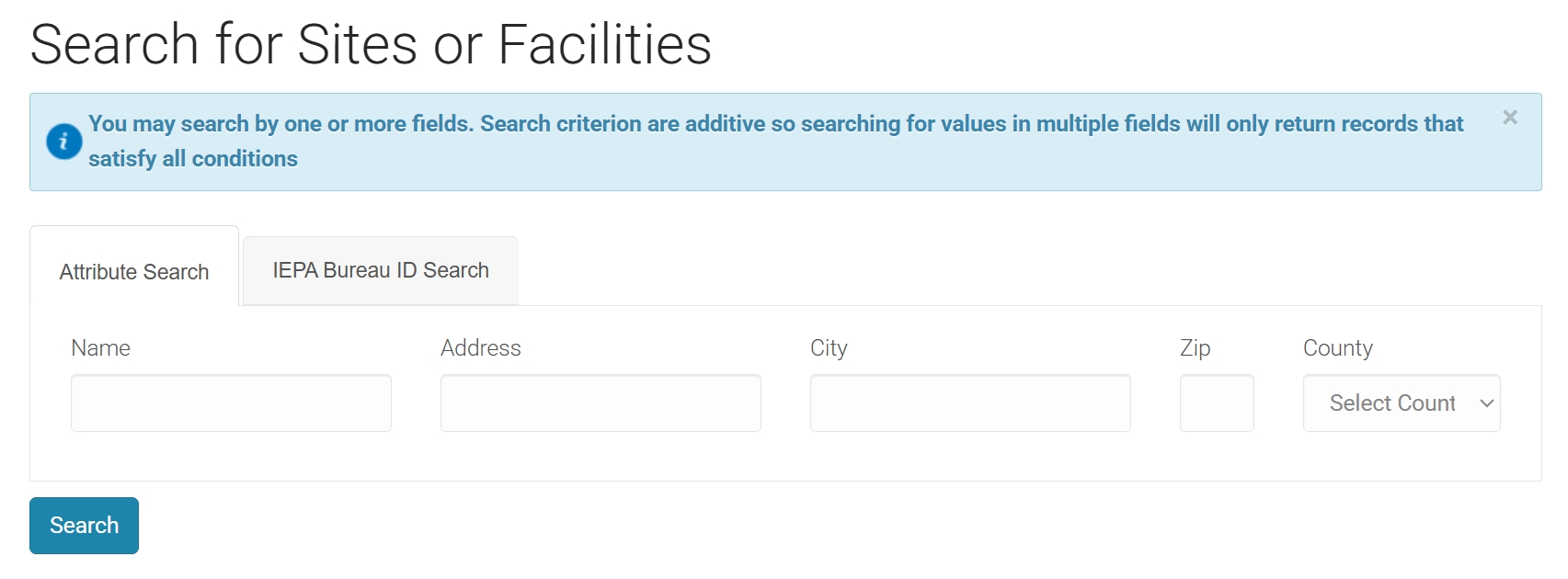
After selecting your source, on the next screen under the Category heading you will want the row for “Air Permit – Final.” That row will possibly contain a historical record of air permitting actions, the most recent of which should be your ROSS Confirmation Letter.
Step 2: If the IEPA Document Explorer search under Step 1 was unsuccessful in finding your facility, you will need request the document from IEPA Records via a Freedom of Information Act (FOIA) request: Freedom of Information Act (illinois.gov). The IEPA FOIA page has a separate FAQ list on the homepage, and there is a tab and link at the top left of the page related to applicable FOIA Fees.





